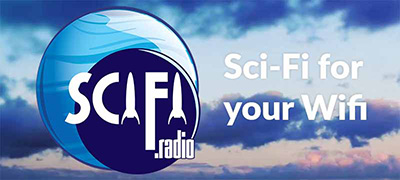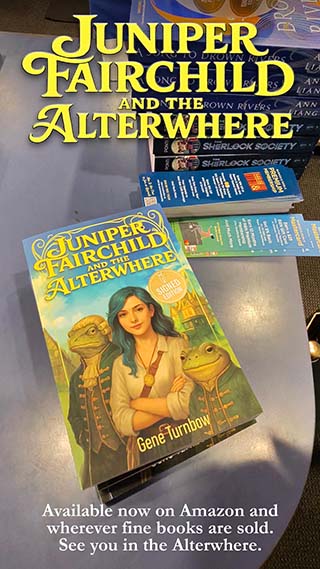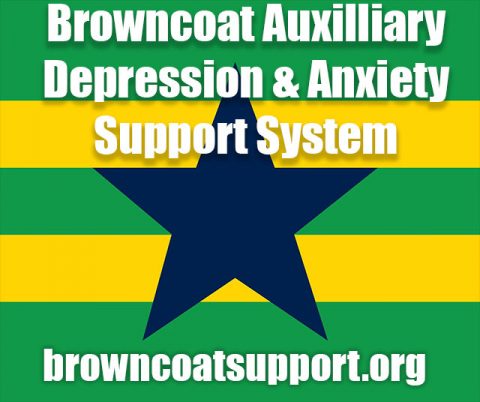
I have a rule: never read reviews before I watch something new. I don’t want my expectations primed, my reactions pre-loaded, or my opinions grafted onto me by osmosis from the internet’s collective noise machine. So when Your Friendly Neighborhood Spider-Man debuted, I went in with nothing but curiosity. I ignored the usual pre-release controversies—whispers of questionable voice acting choices, grumbles about identity politics, the obligatory social media skirmishes. I tuned it all out. I wanted the show to speak for itself.
Six episodes later, I found myself staring at the screen, not with excitement, but with a gnawing sense of detachment. The show wasn’t bad—not in any outright offensive way. But it also wasn’t good. More than anything, it was… astonishingly dull. And that’s when I realized why. This show takes risks—but never the ones that matter.
WHAT DID WORK (SORT OF)
The animation: A gamble. At first, I didn’t love it. But once the action sequences kicked in, the visual language of the show clicked. The fights—especially the one featuring Unicorn and Scorpion—were dynamic and well-executed. Even Daredevil shows up, looking outstanding, fighting in a perfect style, minimalist and yet sensational, beating Peter like a rug. Love that Black costume, DD.
Speaking of Unicorn, the technology has never looked this good. It feels powerful, dangerous—something Scorpion and Unicorn have sorely lacked in previous iterations. I had my doubts, but these new takes on the characters gave them much-needed upgrades in both style and substance.
The main villains? Stripped of their usual madness. For now. Otto Octavius and Norman Osborn remain brilliant, ambitious, and greedy, but they’re still somewhat rational. When they eventually snap, their fall will be that much more dramatic.
The supporting cast? Risky choices. No Uncle Ben. No mention of “great power and great responsibility.” No Flash Thompson. No Mary Jane. No Gwen Stacy. That’s no accident. The show is resetting Peter’s social world. MJ and Gwen’s absence feels strategic. Marvel has never let Peter be happy with Mary Jane, and Gwen’s popularity has only grown thanks to Spider-Verse, Across the Spider-Verse, and Spider-Gwen. Keeping them out leaves options open.
Maybe Peter will forge a new connection. Maybe, in a rare twist, he’ll avoid romance entirely—a novel idea for a character whose love life has been a revolving door of heartbreak. Given Peter’s luck, letting him mature before another life-altering relationship might actually be a smart move.
Peter’s origin? Slightly different. No radioactive spider. Instead, Doctor Strange introduces an interdimensional arachnid that transforms Peter into Spider-Man. And the twist? The spider doesn’t die, hinting that there may be others.
Peter himself? A return to form. Back to being a genius inventor, crafting his own web-shooters and formula. Painfully awkward, but not bullied—just a geek accepted at arm’s length.
Norman Osborn? A real gamble. He’s not the usual cackling specter of madness. Instead, he’s warm, congenial, only mildly ruthless. A businessman who actually seems to care. That won’t last, but it’s an interesting take—for now.
Even Peter’s early Spider-Man gear reflects this mentorship, cobbled together before his inevitable corporate sponsorship with Norman. But we know this story. Eventually, Peter and Norman will fall out. And when they do? Peter will shed the corporate sheen, build his own suit from scratch, and go back to being broke, struggling Peter Parker. Because that’s what Peter Parker does. By all accounts, Your Friendly Neighborhood Spider-Man should have won me over. Spider-Man quips, fights, adapts, learns, and in all ways tat matter, he is exactly what I expected. But I didn’t like it.



WHY IT DIDN’T WORK
A Case of Knowing Too Much
If I didn’t know better, I could take this show at face value—a fun reimagining. A fresh take. A bold departure. But I do know better.
I know this isn’t the Spider-Man reality—it’s a Spider-Man reality. And that’s fine. Marvel’s animated series have always played in their own pocket universes. No issue there. But in this reality? Everyone is brown—except Peter Parker.
Which raises one big, glaring question: Where. Is. Miles. Morales For 14 years, Miles Morales has been one of Marvel’s main Spider-Men. He has the cultural impact, the fanbase, and the recognition to carry his own animated series. He has two world-class animated films, and seemed poised to take the next step into a series. And yet, he still doesn’t have one.
Why?
Because at the end of the day, Disney and Marvel’s executives, writers, and producers either don’t have the courage—or don’t have the interest—in putting Blackness front and center on their channel. Instead, they gave us a world that feels like it should belong to Miles—except for its lead character, who remains white.
Even when he doesn’t have to be.
A BREAK DOWN
Norman Osborn? Black.
Harry Osborn? Black.
Tombstone? Always Black—except now, his metahuman transformation turns him chalk white.
Peter’s best friend? Asian.
His love interest? Older, presumably Black or Native American.
Amadeus Cho and Princess Shuri, two significant characters of color, already on the board as interns working at Oscorp. We get to see a couple of costume prototypes including the Hornet. It was funny to see Peter struggling with the power of flight.
There is so much color in this world, so much deliberate diversity—except for the one character who, in this setting, feels the least organic.
THE MILES PROBLEM
For over a decade, Marvel Studios and Disney have been pushing legacy characters—handing down mantles, diversifying casts—when it’s convenient. But when it’s time to give Miles his own show, a show he’s more than earned, what do we get? A Peter Parker who, if we’re being honest, is the most bland and uninteresting part of the entire series.
Now, don’t get me wrong—there are intriguing ideas here. Lonnie Lincoln (Tombstone) growing up with Peter? Unexpected but intriguing. Aunt May being younger than ever? Not my favorite choice, but fine. Peter’s early interactions with future legends like Amadeus Cho and Shuri? Acceptable world-building.
But for all its structural competence, careful plotting, and solid scripting, this show still took the place of something better. Because let’s be real—Moon Girl and Devil Dinosaur was superior in every way. Yes, I will die on that hill.
Could Go Either Way At This Point
Maybe Your Friendly Neighborhood Spider-Man will grow into something that justifies its existence. Maybe a second season will elevate it. But right now? It’s hard to see it as anything but a missed opportunity. A safe bet. A refusal to embrace the inevitable.
Because Miles Morales was right there.
And instead of giving us the Spider-Man for a new generation, a character who actually fits this world, they gave us the one who doesn’t. Peter Parker: the Astonishingly Dull Spider-Man, indeed.
![]()
Thaddeus Howze is an award-winning essayist, editor, and futurist exploring the crossroads of activism, sustainability, and human resilience. He's a columnist and assistant editor for SCIFI.radio and as the Answer-Man, he keeps his eye on the future of speculative fiction, pop-culture and modern technology. Thaddeus Howze is the author of two speculative works — ‘Hayward's Reach’ and ‘Broken Glass.’













You must be logged in to post a comment.